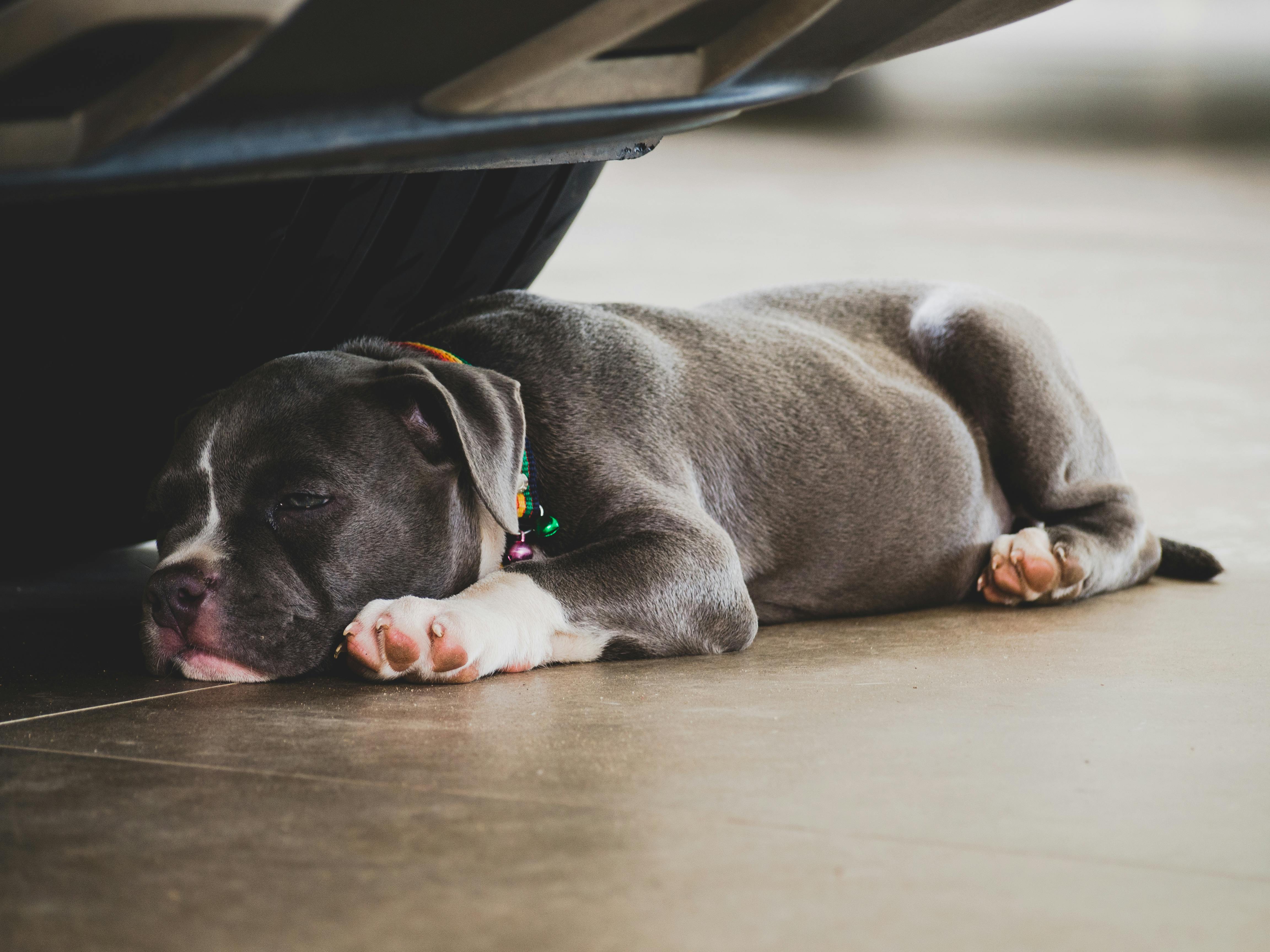Why do puppies and dogs chew?
Puppies and dogs chew because chewing is built into their genes. Chewing helps them relax, gives them something to do, and feels good. Puppies chew for the same reasons, but also because they are teething and tend to use their mouths to explore their world. Believe it or not, what they chew is mostly up to you.
puppies
There’s nothing better than a puppy’s breath, a pup’s plump belly, and those needle-sharp teeth! Puppies are so cute that even when they chew on our favorite oriental rug, we do our best to forgive them. A very wise dog trainer and friend of mine says, “I’m convinced that God made puppies and babies absolutely adorable for a reason… so we don’t kill them!” If he’s been on the receiving end of those needle-sharp teeth or demolished one too many oriental rugs, he’ll appreciate that statement.
All dogs should be taught what is acceptable to chew on and this lesson is best learned when they are puppies. Assuming you’ve signed up for puppy training classes, your puppy trainer can identify the best methods for teaching your pup to chew properly. All training, however, begins at home with a simple lesson; Never give your puppy your personal items like chew toys. If an item belongs to you, it should never be offered to your pet as a toy. If you give your pet old socks, slippers, or discarded clothing to play with, they will see all socks, shoes, and clothing as their toys. Dogs can’t tell which of these things are okay to play with and which aren’t. It’s best to keep your “toys” separate from your toys to eliminate any potential confusion.
The best options are age- and size-appropriate puppy chew toys. Kong toys and any chew toy made by the company, Pet Stages, are great choices.
adult dogs
If your adult dog chews inappropriate objects or exhibits destructive chewing, the most likely causes are anxiety or boredom. Dogs that spend a lot of time alone are prone to this behavior and it can be corrected by giving the dog something to do while he is away from home. Our dog trainers will show you various methods to eliminate unwanted chewing and help you identify ways to engage your pet in its absence. We also recommend the following:
Environmental control
If your dog habitually chews on the same object, remove it from his reach and replace it with an acceptable chew toy. If the item is a piece of furniture, your pet will need to be trained not to chew on it. Topical sprays like Bitter Lime or Bitter Apple work well as a deterrent for some dogs.
Provide appropriate chew toys
Every time you leave the house, your pet should have toys and chew items to keep him entertained. Natural rawhide (made in the USA), dried sweet potato chews, and natural and man-made chew bones are great choices. While tennis balls are enjoyed by many dogs, they have been shown in several studies to damage teeth, so we recommend them for fetch only and not as chew toys.
Provide mental stimulation.
Your pet should enjoy activities other than chewing. Toys that talk, laugh, or move on their own are good choices, as are creating little obstacle courses that challenge your dog’s mind and help keep him entertained. Regular dog obedience training is a great way to keep your pet stimulated and engaged.
If your pet is suffering from anxiety, it is important to seek professional guidance to determine the root cause of the anxiety problem. There are numerous dog trainers, dog behaviorists, and veterinarians who can get to the root of the problem and provide plans for correction. If anxiety is allowed to continue without treatment, the anxiety usually increases, creating additional emotional and behavioral problems.
Never underestimate your dog’s intelligence or his need for mental and physical stimulation. A dog that is not given enough attention or challenge will quickly become a powerful chewer or destructive pet. Herein lies the power of proper chew toys!
© Paws in Training, Inc. 2008
